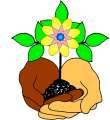Submitted by Gitie on 9 July, 2011 - 16:47

The Antarctic has become a popular tourist destination. Last year over 80,000 people took the opportunity to cruise around the region with numbers increasing each year.
James Lowen's book is a timely guide. The paperback flexicover makes it easy and lightweight to carry around. There are hundreds of superb photographs covering 83 species of birds. Identification of the 24 species of dolphins and whales found in the regions of the Beagle Channel, the Drake Passage and the Antarctic Peninsula are also covered along with 8 species of seals.
The book is also a handy guide for people planning a trip to the region as it discusses the seasonal highlights and the best time to view the different species. 'Where to look' and 'Talking Points' also add insights about each species.
If you're planning a trip to the Antarctic make sure that you take this book with you. I certainly will.

Submitted by Gitie on 22 June, 2010 - 01:53
There's definitely a list of do's and don'ts when it comes to talking to birds. 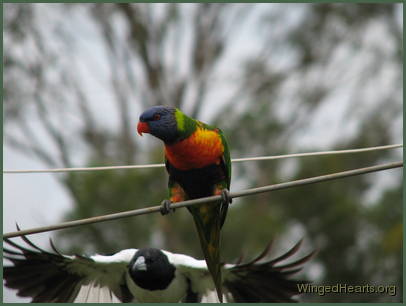 Wild birds have a big advantage over us, if they don't like what we're doing or saying they can fly away and avoid our company altogether. So in this case it is useful to understand the don'ts.
Wild birds have a big advantage over us, if they don't like what we're doing or saying they can fly away and avoid our company altogether. So in this case it is useful to understand the don'ts.
Birds scare easily - so the very first point is - Take care not to frighten the bird. This is surprisingly not as obvious as it seems. We humans get excited and enthusiastic and in our eagerness to make friends we sometimes don't give the birds enough time to get to know us.
Friendship is a two-way street and we have give the bird the time and opportunity to observe us as well. In the beginning, the bird will scare easily. Their reflexes and inherent instinct is to escape at the very slightest movement in the shadow or flutter of one's sleeve or dress in the wind, or the vibration on the ground when we walk. This is not due to a direct response to us per se. But birds are tuned to avoiding danger from other predatory birds, cats and other animals that prey on them. Even when they know us well, there will be times when they will just fly off and you'll be left wondering what on earth you did to frighten them! Don't be offended when that happens, and it will happen many times.

Submitted by Gitie on 16 June, 2010 - 01:46
In the first three parts we examined three key features we can use to recognise birds from a distance. The fourth way that I am going to tell you about today is one of my favourites, but it does require the birds to be close enough for detailed observation. Another way would be to use a pair of binoculars.
The method I'm talking about is to look at their plumage patterns. Like our fingerprints, the feathers of each bird forms a distinctive pattern.
Look at the three peewees in the picture below. At first glance you may think that they all look the same. But look again more carefully at the details of the black white feathers and you will three separate patterns.
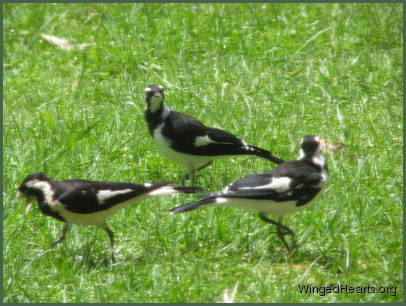

Submitted by Gitie on 15 June, 2010 - 00:10
In the previous posts we looked at two methods of recognising individual birds:
1. Using shape, form and size, and
2. Using their general characteristics.
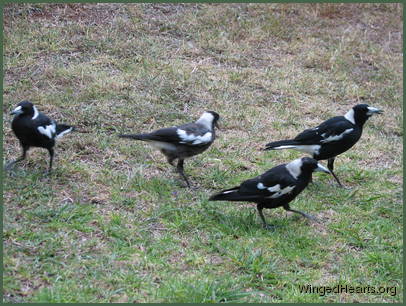
In this post we'll examine another useful technique namely, identifying them from their posture and movement.
Birds are much like humans in this regard. Not only do they have unique physical features, shape and form - each bird also moves as uniquely as does each human being.

Pages

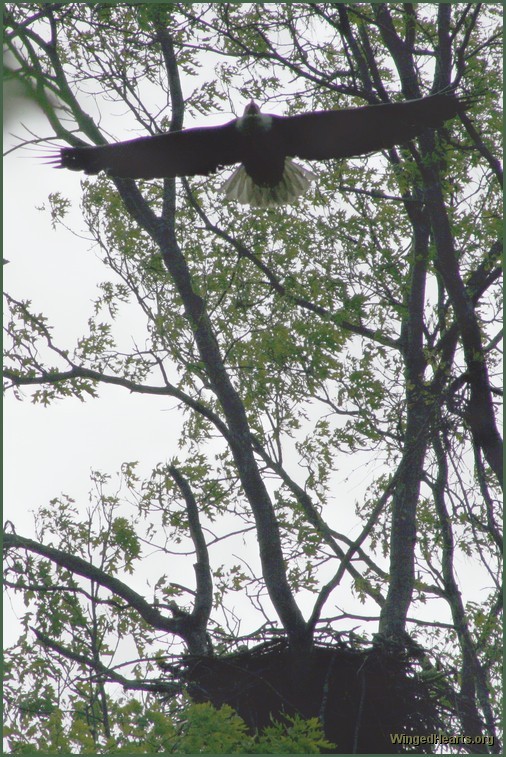

 Wild birds have a big advantage over us, if they don't like what we're doing or saying they can fly away and avoid our company altogether. So in this case it is useful to understand the don'ts.
Wild birds have a big advantage over us, if they don't like what we're doing or saying they can fly away and avoid our company altogether. So in this case it is useful to understand the don'ts. 



